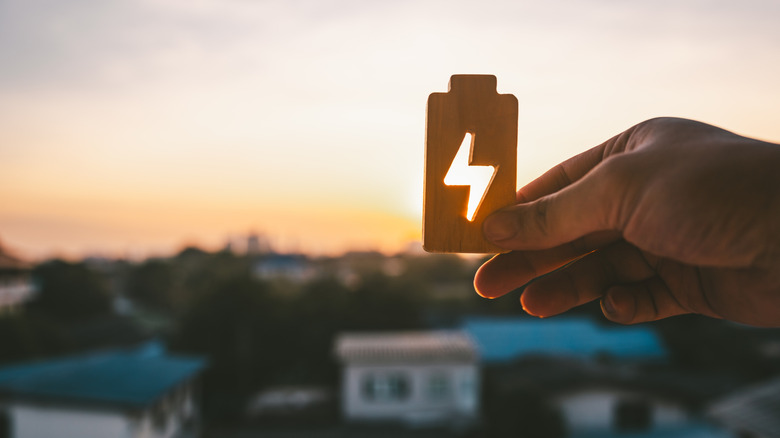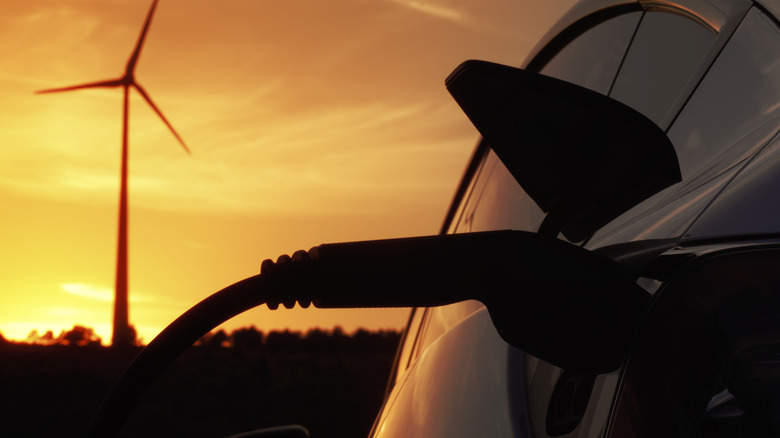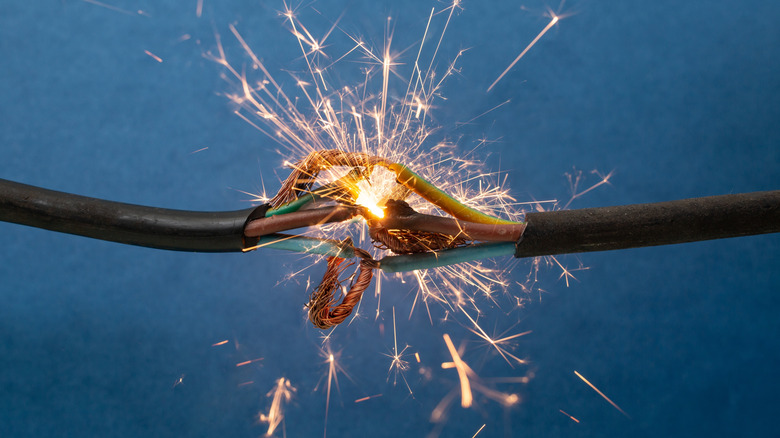A Beginner's Guide To AC & DC Power - Here's How They Differ
The harnessing of electricity has played a pivotal role in human history and has exponentially expedited our growth as a species. Since becoming a household commodity in the late 19th century, electricity has now become as essential as food, water, or shelter. Today, almost every device we use — from household appliances and communication systems to automobiles — is powered by one of the two types of electric current: alternating current (AC) or direct current (DC). As the name suggests, alternating current changes its magnitude and polarity at regular intervals while direct current maintains its polarity at all times.
During the late 19th century, when electrical infrastructure had to be developed, the two greatest minds of the time, Thomas Alva Edison and Nikola Tesla, placed their bets on one of the two currents. While Edison favored using direct current, Tesla believed in alternating current as the future of electricity. Today, we use a fair bit of both AC and DC for specific applications. While AC is predominantly used for transmitting power over large distances, DC finds use in appliances needing more control over the current. Let's understand the difference between the two and their applications in the modern world.
AC and DC power have unique applications
AC and DC power are fundamentally different from one another, which gives them their unique characteristics. Alternating current oscillates between a positive and a negative polarity at regular intervals, typically following a sinusoidal waveform in most applications. However, any current that changes its polarity despite having a non-sinusoidal waveform, such as a triangular or square one, can also be termed alternating current. DC is typically associated with steady current at a constant voltage; however, that's not a necessity. Any current can be considered DC if it maintains its polarity in a specific direction.
Coming to real-world applications, AC power finds its use in transmission lines to carry electricity over large distances. That's because the voltage for AC can easily be stepped up or down using transformers with excellent efficiency. Higher voltage, in turn, massively reduces the power loss during transmission over long distances, making power delivery much more efficient. Additionally, AC also powers numerous day-to-day and industrial appliances. As a general rule of thumb, large appliances that need a significant amount of power usually run on AC. For instance, microwaves, air conditioners, fans, washing machines, and more rely on AC for the most part.
Smaller appliances like phones, laptops, and more use DC power by converting the AC from the power outlet. The phone and laptop chargers convert AC to DC in order to recharge the battery. Appliances that need to control the current and voltage tightly mostly use DC power. For this, even heavier appliances like washing machines and microwaves use DC for powering the display, buttons, and internal circuitry. Moreover, all batteries, ranging from the small AAA ones to large EV batteries, use DC.
Sources of AC and DC power
Sir Benjamin Franklin demonstrated that lightning is a form of electricity in 1752 with his famous kite experiment. However, mankind did not know how to produce it until physicist Michael Faraday discovered the dynamo in the early 1830s. Faraday found that rotating a conductor inside a magnetic field induces current in the conductor. Inside the generator, a rotating conductor produces a varying emf depending on the angle between the conductor and the magnetic field. The emf peaks in one direction during half of the rotation cycle, drops to zero, and further peaks in the other direction. The output is a sinusoidal alternating current that typically has a frequency of 50 to 60 Hz. His findings became a stepping stone for modern electricity production. The basics of electricity generation remain the same, albeit with different sources driving the conductor (a turbine in most cases). AC generators today use sources ranging from water in dams for hydroelectric energy to wind, steam, or nuclear energy to produce electricity.
Modifications to the AC generator can produce direct current as well, but DC is often obtained using AC-to-DC rectifiers. Historically, industrial production of DC has been limited due to transmission losses, though some countries have been using the more efficient high-voltage DC technology for transmission over long distances. Additionally, green energy sources like solar panels naturally produce and store direct current, and batteries are another common way to store DC current.


